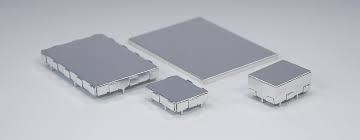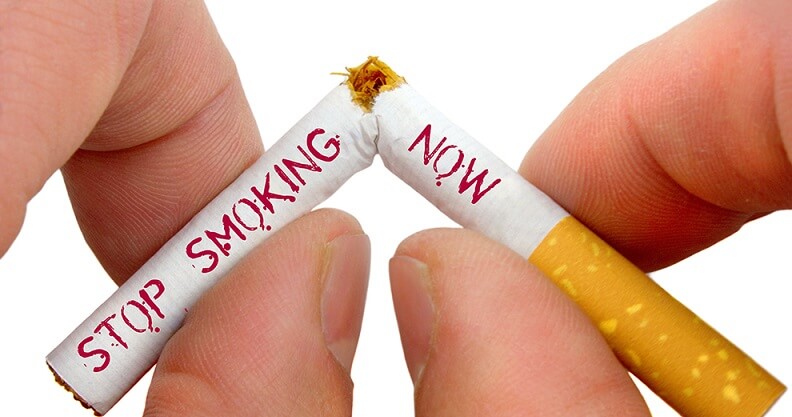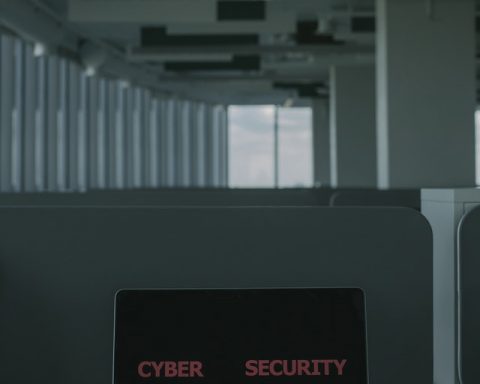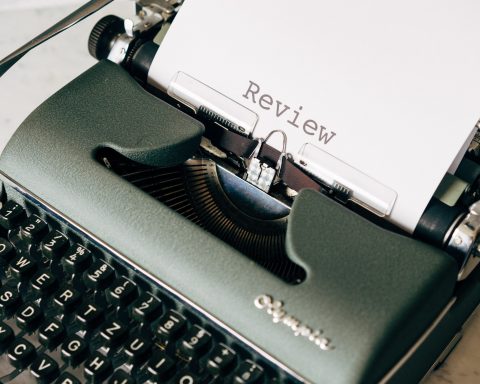Have you ever opened the CPU of your computer system? If you did, then you must have seen the intricate network of conductive tracks etched into the motherboard. You will find a similar but smaller board inside mobile devices as well. In fact, every electronic device has this board incorporated inside it.
This board, known as the Printed Circuit Board (PCB), exists to establish an efficient connection between electronic components. Advancements in technology, in the form of circuit board shielding, have also curbed one of the major hindrances, namely, electromagnetic interference, thus helping equipment perform more efficiently.
Are you wondering about the manufacturing process of such a high-utility product or the features of the end result? Here come the answers:
The Basics of the Designing Process
Ideally, the construction process of a PCB involves creating the concept of the design, determining the role the PCB must perform, placing of the component, interconnecting it with other circuits, first-pass routing, routing verification, and tapeout and testing procedures before presenting the final verdict.
However, PCB designers must consider the operation environment and ambient temperature range. This is a vital step in selecting the right kind of material and in ensuring that the product is able to function in the kind of environment for which it is being designed.
Characteristics of Printed Circuit Boards
Most PCB designs follow the guidelines prescribed by the IPC – Association Connecting Electronics Industries. Although some applications need special material to be used in the PCBs, laminates, copper foil, copper-clad laminates, and resin impregnated B-stage cloth are the four common manufacturing materials. In the United States, Safety Standard UL 796 supervises and tests these boards based on various characteristics, such as heat deflection, electrical tracking, utmost operating temperature, and flammability.
Two Types of Technology
During the era of the second generation of computers in the 1950s, the very first PCBs came into the picture and overthrew the traditional assembly techniques. These PCBs used the Through-hole technology, which revolved around mounting the electronic components on one side of the board. These components were inserted into the holes with leads, and they were soldered on the other side onto copper traces. However, this technology required extremely precise drilling of the holes and it restricted the available routing area. This is why they were replaced in the 1980s with Surface-mount technology.
Once Surface-mount technology (SMT) came into being, the use of Through-hole technology got limited to areas where the electronic components were large enough for this new technology. As the name suggests, in SMT, designers place the components directly on the printed board. In this new technology, the size of the components became a lot smaller and designers started placing them on both sides of the circuit board. Components now had small metal end caps or tabs that made it possible to get them soldered onto the surface of a PCB directly, thereby considerably increasing the circuit density. This technology proved to be more flexible and affordable than the previous generation of PCB design, and therefore, it is still heavily in existence today.
EMI Shielding in a PCB
With so many electronic devices around us, it is imperative to implement circuit board shielding during the design phase in order to prevent any malfunction during performance. Tin plated steel, nickel silver alloy 770, phosphorous bronze, mu metal, copper, brass and stainless steel are the most common metals used for shielding a PCB. This is critical in order to prevent external electromagnetic fields from tampering with critical components. Other than this shielding mechanism, the PCB itself must have enough ground area tied to the enclosure, which can serve as an effective system noise filter.
If you are looking to buy PCBs, make sure you are contacting reputed dealers. Enquire if the boards meet every design standard and have efficient circuit board shielding incorporated into them. Make a purchase only if the agency can show you credible evidence on the PCBs passing the testing phase successfully.









